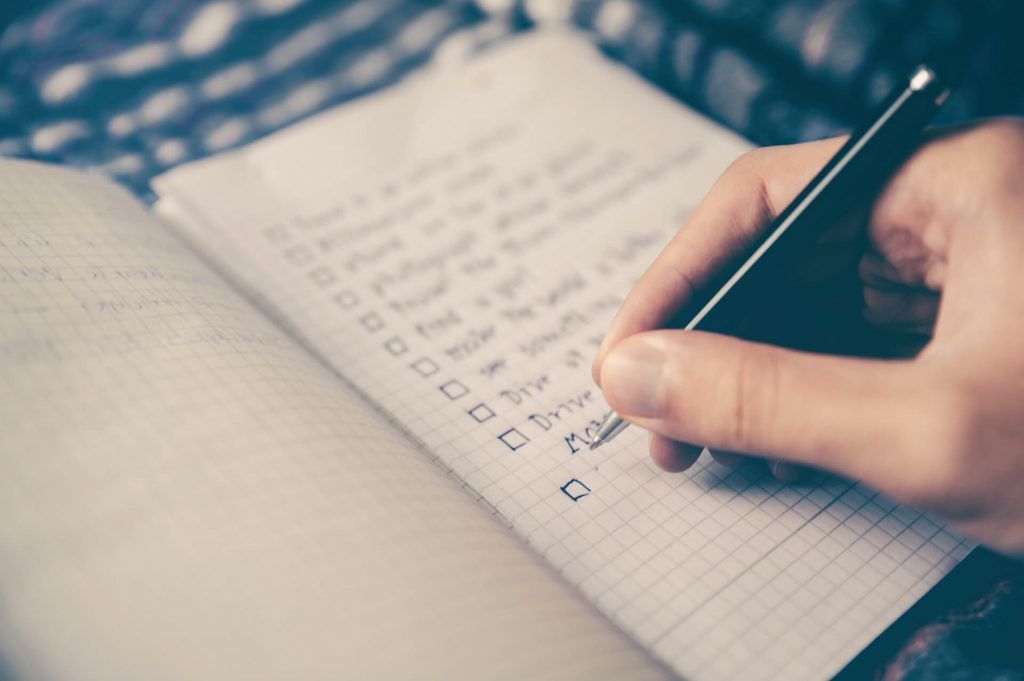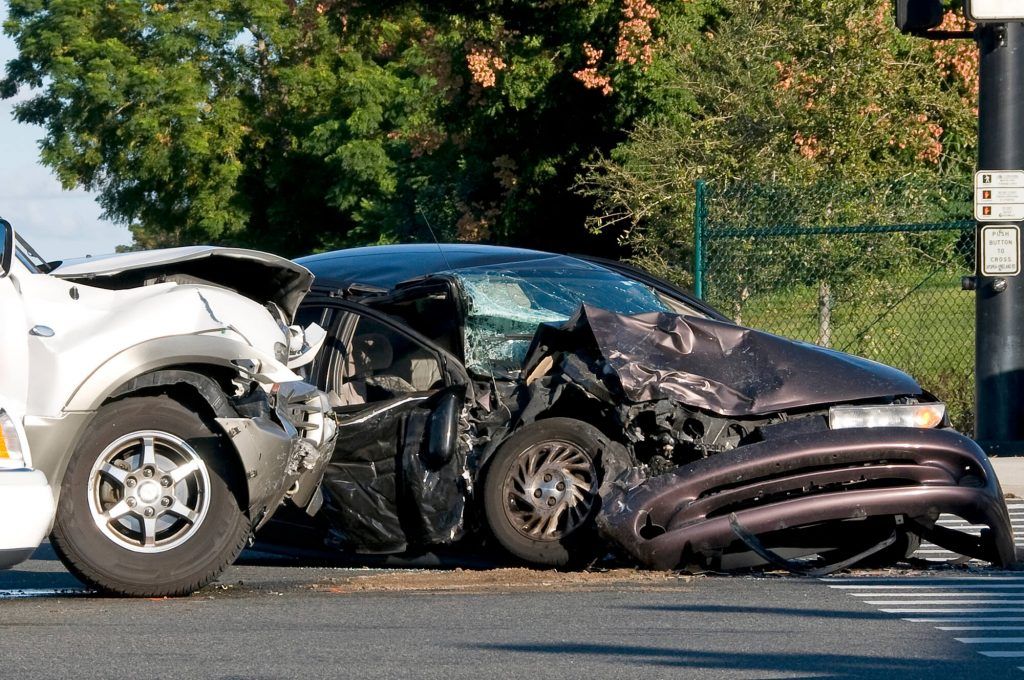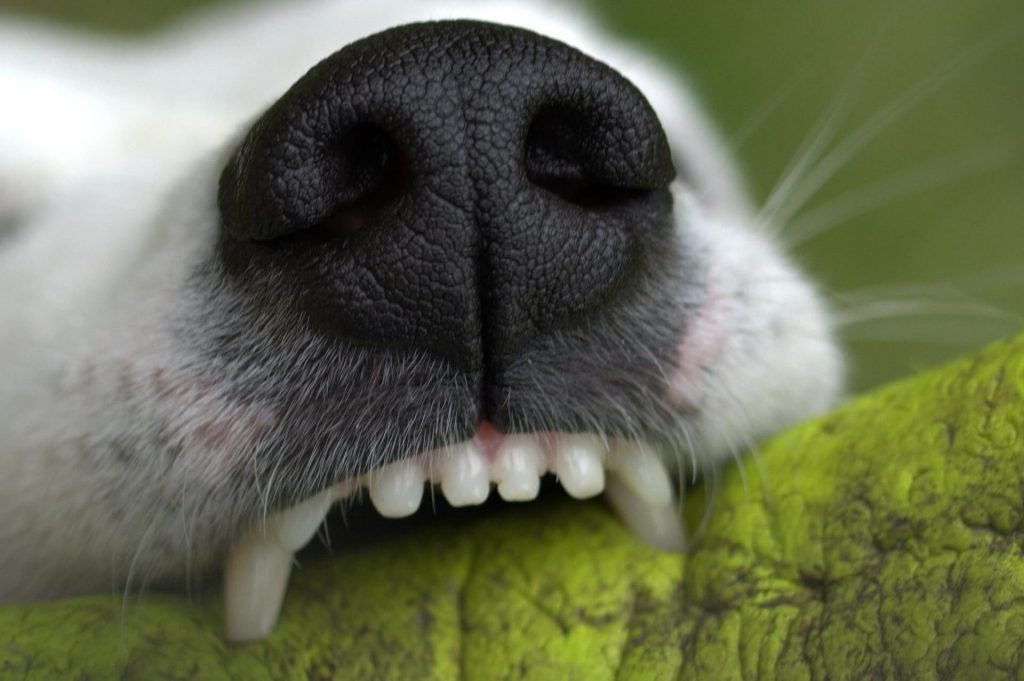Personal Injury Case Checklist
Personal Injury Case Checklist
 Obtaining physical evidence and gathering recollections from witnesses and involved parties plays a pivotal role in establishing the responsibility of negligent parties and substantiating the nature, scope, and causes of injuries.
Obtaining physical evidence and gathering recollections from witnesses and involved parties plays a pivotal role in establishing the responsibility of negligent parties and substantiating the nature, scope, and causes of injuries.In resolving personal injury lawsuits in Sacramento, cases with well-preserved critical evidence tend to be considerably smoother to settle, often achieving their total value. If the claim proceeds to trial, this evidence becomes even more essential as the cornerstone for demonstrating liability and determining the extent of damages.
Once a skilled attorney takes on a personal injury case, they promptly assign their staff or professional investigators to compile all potentially relevant evidence for the claim. The sooner this process commences, the more advantageous it is for the case. Additionally, if the injured party has already initiated the gathering of this information independently, it provides an even earlier head start in the legal proceedings.
Making a Personal Injury Case ChecklistGiven that the nature of various pieces of evidence may not be immediately evident to individuals without legal expertise, and even experienced attorneys rely on checklists to prevent the omission of vital items, we have furnished the following checklist for personal injury cases. This resource is aimed at assisting you in safeguarding crucial evidence from being misplaced or destroyed. It’s important to note that since each case is unique, these checklists cannot encompass every conceivable type of evidence.
Instead, they are intended to outline the most typical forms of evidence necessary for a successful resolution of a personal injury claim. Gathering as much of this evidence as early as possible will provide you and any potential attorney you may hire with a significant advantage in swiftly and comprehensively resolving your claim.
Car Accident Checklist Once insurance and driver’s license information have been swapped, it’s a common misconception among most individuals that gathering and safeguarding evidence in the aftermath of a car accident has ended. However, this assumption is inaccurate. Here are some guidelines to enhance your chances of obtaining the maximum possible compensation through evidence preservation.
Once insurance and driver’s license information have been swapped, it’s a common misconception among most individuals that gathering and safeguarding evidence in the aftermath of a car accident has ended. However, this assumption is inaccurate. Here are some guidelines to enhance your chances of obtaining the maximum possible compensation through evidence preservation.
License Plate Information
- After an accident, your primary safeguard is to record the license plate number of the other involved vehicle. It’s essential to note that sometimes, the person driving the car isn’t the owner, so relying solely on the driver’s license information may not provide sufficient protection.
- To ensure comprehensive safeguarding and acquire all necessary details in legal proceedings, it’s advisable to document the driver’s particulars and the vehicle’s license plate.
- If a police officer arrives at the accident scene, inquire about preparing an accident report and its availability, including the location and time. If the officer does not intend to create a report, request their name and badge number for future reference.
Photographs
- Capture images of your vehicle promptly, covering all angles, not just the affected areas. If feasible, photograph any other vehicles involved in the accident.
- Preserve the appearance of the accident site by taking pictures of the surroundings. Document the location and road conditions, including any physical damage, skid marks, or debris. In the event of visible injuries to you or anyone in your vehicle, such as bruises, cuts, scrapes, or stitches, photograph these injuries to record their condition at the time.
- Feel free to take numerous photos of anything you believe may be relevant to the accident, regardless of how seemingly insignificant it may be. Your attorney will determine what is essential.
- If you were a pedestrian, photograph the crosswalk or the spot where you were crossing, standing, walking, or jogging at the time of the accident.
Statements of Witnesses
- Collect the name, address, and phone number of any potential witnesses and store this information securely to prevent its loss.
- Return to the accident site and explore neighboring residences or businesses to locate potential witnesses.
- Revisit the accident location multiple times, particularly during the same time the accident occurred. Some individuals may have a routine that involves passing by or being near the accident scene regularly, which could lead to finding a witness.
- If you have gathered witness information, refrain from contacting or speaking with the witnesses again. Avoid attempting to request a written statement or drawing from them. Instead, allow your attorney to handle any potential contact with witnesses.
Property Damage
- After documenting the damage to your vehicle through photographs, make it a priority to seek a repair estimate promptly. While you are not obliged to choose a repair shop endorsed by your insurance provider for the repairs, it’s often beneficial to obtain quotes from the recommended garages.
- Ensure you secure written and dated repair estimates from at least two repair facilities, with at least one being a choice independent of the insurance company’s recommendation.
 After the initial shock and embarrassment of a fall subside, it’s not advisable to hastily leave the scene. Even if you don’t require ambulance transport, relying solely on filling out an accident report may not be sufficient. Frequently, depending on this minimal information, it can result in losing vital evidence. To enhance your chances of preserving crucial evidence and maximizing your potential for recovery, consider these tips.
After the initial shock and embarrassment of a fall subside, it’s not advisable to hastily leave the scene. Even if you don’t require ambulance transport, relying solely on filling out an accident report may not be sufficient. Frequently, depending on this minimal information, it can result in losing vital evidence. To enhance your chances of preserving crucial evidence and maximizing your potential for recovery, consider these tips.
Photographs
- Capture images of the site where your fall occurred, mainly focusing on the floor surface, as soon as possible to document its condition during the incident. If feasible, also photograph the state of your clothing and footwear immediately after the accident.
- If there were mats, rugs, or slip-prevention materials at the accident location, photograph them as well. If such safety materials were absent, take pictures to demonstrate their absence.
- Include photographs of any warning signs in the vicinity of the accident location. If you sustained any visible injuries like bruises, cuts, scrapes, or stitches, document them through photographs to preserve their appearance at the time.
- Feel free to take as many pictures as you believe might be relevant to the accident, no matter how minor they may seem. Your attorney will ultimately determine what is crucial and what isn’t.
Statements of Witnesses
- Collect and securely store the name, address, and phone number of any potential witnesses to ensure it is not misplaced.
- Revisit the accident site and check nearby residences or businesses, if applicable, to identify potential witnesses to the incident.
- Return to the accident location multiple times during the same time frame when the accident occurred. Some individuals may have a routine of passing by or stopping at the accident spot as part of their daily activities. This could lead to discovering a witness.
- If you’ve obtained witness information, avoid contacting or engaging with the witnesses further, and refrain from seeking written statements from them. Instead, allow your attorney to make contact with any potential witnesses.
Physical Evidence
- Most importantly, ensure you preserve the shoes you were wearing when you slipped and fell. Place them inside a plastic garbage bag and securely seal it to prevent debris from sticking to the shoes.
- Keep all the clothing you had on during the accident in a plastic bag and store it in a secure location to avoid misplacement. Do not wash the clothing.
- If possible, make sure to obtain a copy of the accident report that was completed by the manager, owner, employee, or another person at the scene before leaving the accident site.
- If the object you slipped on is non-perishable, retain a sample in a safe place where it won’t get lost.
- If the object is perishable, such as a vegetable or fruit, attempt to preserve it with a liquid chemical preservative or place it in the freezer.
 A traumatic incident, such as a dog or cat attack, can be incredibly distressing, mainly when it affects young children. One of the initial steps to take is to seek a medical evaluation to confirm that neither you nor your family member has contracted any diseases. In addition to prioritizing your health through a medical examination, there are several actions you can take to safeguard essential evidence in case legal action becomes necessary. Here are some suggestions to help you maximize your chances of obtaining compensation by preserving evidence.
A traumatic incident, such as a dog or cat attack, can be incredibly distressing, mainly when it affects young children. One of the initial steps to take is to seek a medical evaluation to confirm that neither you nor your family member has contracted any diseases. In addition to prioritizing your health through a medical examination, there are several actions you can take to safeguard essential evidence in case legal action becomes necessary. Here are some suggestions to help you maximize your chances of obtaining compensation by preserving evidence.
Identification of Animal
- It’s crucial to try and get the owner’s name and address for the dog if you can. If available, gather details regarding the dog’s license.
- Inquire whether a report about the incident has been submitted to an animal control or another governmental entity.
Statements of Witnesses
- Gather the name, address, and phone number of any potential witnesses and securely store this information to prevent its loss.
- Return to the location of the incident and check nearby residences or businesses, if applicable, in search of potential witnesses.
- Revisit the scene of the incident multiple times, specifically at the same time when the incident occurred. Some individuals may have a routine of passing by or stopping at that location during their daily activities, offering a chance to locate a witness.
- If you have acquired witness details, refrain from contacting or conversing with the witnesses once more. It is advisable to have your attorney handle any potential witness communication.
Photographs
- Capture images of the spot where the animal bit you. If feasible, snap pictures of your clothing’s condition in the bitten area.
- If there’s a visible injury like a bruise, cut, scrape, or stitches, photograph it to document its condition at the time of the incident.
- Don’t hesitate to take numerous photos of anything you believe might be relevant to the accident, no matter how insignificant it may seem. Your attorney will determine what is and isn’t crucial.
 Inflicting burns on oneself is a relatively common occurrence, with many individuals having encountered the discomfort of scorching their skin by touching a hot stove or a lit match. Burn injuries can originate from self-infliction, external sources, or actions by others. For those without legal expertise, navigating the aftermath of a burn accident can be perplexing, leaving them unaware of the steps they can take to aid their situation. Valuable evidence related to the incident, such as the burning of wood, tends to vanish irretrievably. To enhance your chances of recovering and preserving crucial evidence, here are some guidelines to follow.
Inflicting burns on oneself is a relatively common occurrence, with many individuals having encountered the discomfort of scorching their skin by touching a hot stove or a lit match. Burn injuries can originate from self-infliction, external sources, or actions by others. For those without legal expertise, navigating the aftermath of a burn accident can be perplexing, leaving them unaware of the steps they can take to aid their situation. Valuable evidence related to the incident, such as the burning of wood, tends to vanish irretrievably. To enhance your chances of recovering and preserving crucial evidence, here are some guidelines to follow.
Photographs
- Capture images of the site where your accident occurred promptly to document the state it was in when you were injured.
- If feasible, photograph the condition of your attire and footwear right after the incident. Also, take pictures of any cautionary signs near the accident site.
- If you have sustained any visible injuries, ensure you photograph them to retain a record of their condition at the time of the injury.
- Don’t hesitate to take numerous photos of anything you believe could be relevant to the accident, no matter how minor it may seem. Your attorney will determine what is crucial and what isn’t.
Statements of Witnesses
- Capture images of the accident site promptly to document its state when the injury occurred. If feasible, snap photos of your clothing and footwear condition right after the accident.
- Photograph any warning signs present near the accident site. If you have a visible injury, take pictures to preserve its appearance when it happened.
- Take as many photos as you believe might be relevant to the accident, regardless of how minor they seem; your attorney will determine their significance.
Additional Resources: